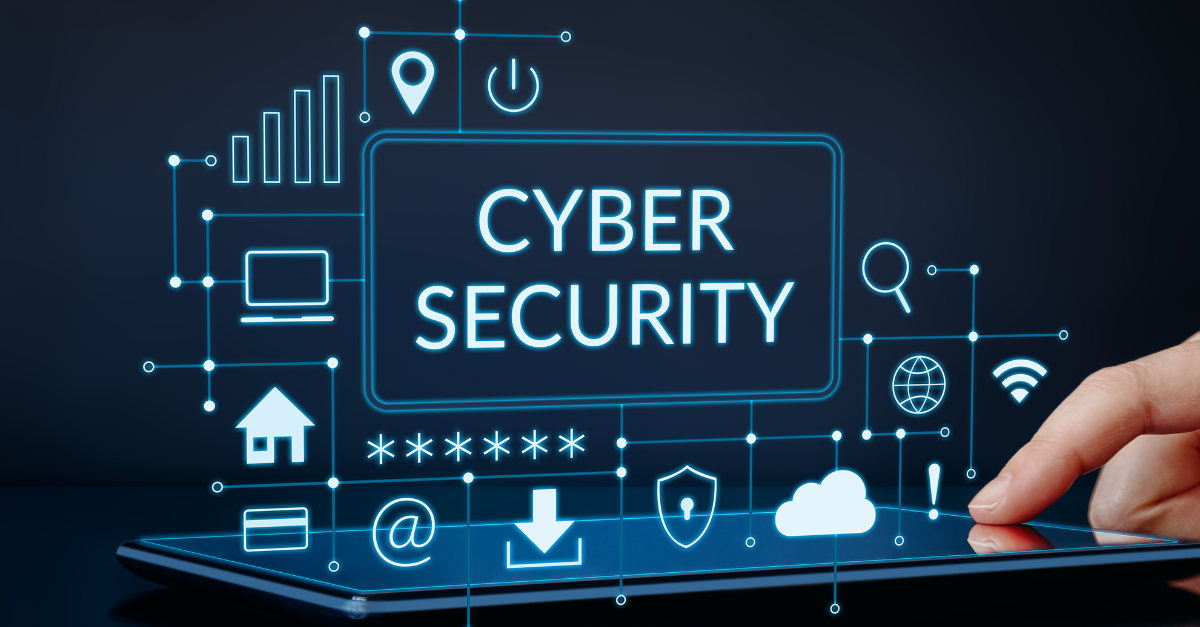Introduction to Cybersecurity Threats
In our increasingly digital world, the importance of cybersecurity is paramount. With growing dependence on technology, both individuals and organizations face heightened exposure to various cyber threats. These dangers manifest in different ways, from data breaches and identity theft to financial fraud and operational disruptions. Understanding the nature of these threats is essential for implementing effective safeguards to protect sensitive information. This post delves into some of the most prevalent cybersecurity threats, offering insights into how they operate and the measures that can be taken to counteract them.
Malware Attacks
Malware, short for malicious software, is designed to harm or exploit any programmable device, service, or network. This broad category includes viruses, worms, trojans, ransomware, and spyware. Each type of malware has its unique method of causing damage or extracting information. For example, viruses attach themselves to clean files and spread throughout a computer system, whereas ransomware encrypts data and demands payment for its release.
The impact of malware attacks can be devastating, ranging from minor disruptions to severe financial losses. Businesses may face operational downtime, data breaches, and reputational damage, while individuals might experience identity theft or financial fraud. Understanding the different types of malware and their potential effects is crucial for implementing robust security measures.
Phishing Scams
Phishing scams aim to deceive individuals into revealing personal information like passwords and credit card numbers. These scams often appear as emails or messages from legitimate sources, such as banks or reputable companies. Common tactics include creating a sense of urgency, offering appealing incentives, or pretending to be someone trustworthy. For example, a phishing email might warn that an account will be closed unless immediate action is taken. Recognizing these tactics can help individuals protect themselves from falling victim to phishing scams.
Ransomware
Ransomware is a severe threat that locks users out of their files until a ransom is paid. These attacks typically infiltrate systems through phishing emails containing harmful attachments or links. Once inside, ransomware encrypts the victim’s data, rendering it inaccessible without the decryption key. This can cause significant disruption to personal lives or business operations.
Immediate actions in response to a ransomware attack include disconnecting from the internet to halt the spread and reporting the incident to authorities. Professional assistance can be crucial in determining the extent of the damage and exploring options for data recovery. Regularly backing up important data can lessen the impact of these attacks, enabling restoration without needing to pay the ransom.
Denial of Service (DoS) Attacks
Denial of Service (DoS) attacks aim to disrupt the normal functioning of a machine or network by overwhelming it with a flood of traffic. These attacks can make websites or online services unavailable to users, causing significant operational and financial harm. A more advanced form, the Distributed Denial of Service (DDoS) attack, uses multiple compromised systems to amplify the volume of traffic directed at the target.
Businesses can face severe downtime, loss of revenue, and damage to their reputation due to these attacks. Customer service can be heavily impacted, leading to a loss of trust. For individuals, DoS attacks can result in the unavailability of essential services such as online banking or communication platforms. Implementing robust network security measures and having a response plan in place can help mitigate the impact of DoS and DDoS attacks.
Insider Threats
Insider threats involve individuals within an organization who misuse their access to systems or data. These individuals can be current or former employees, contractors, or partners with access to sensitive information. While some insider threats are malicious, others result from negligence or human error.
In fact, a staggering 88 percent of cybersecurity breaches are attributed to human error, highlighting the need for comprehensive employee training and awareness programs. Insider threats can lead to data breaches, financial loss, and reputational damage, making it essential for organizations to have strict access controls and monitoring systems in place.
Preventive Measures and Best Practices
Preventive measures are essential to safeguard against cybersecurity threats. One of the most effective strategies is using strong, unique passwords for different accounts and enabling multi-factor authentication. Regular software updates and patches are critical in addressing vulnerabilities that could be exploited by cybercriminals. Investing in reliable antivirus and anti-malware solutions can help detect and prevent malicious activities.
Employee training is another crucial element. Ensuring that staff members are aware of the latest threats and know how to recognize suspicious activities can significantly reduce risks. Organizations should also implement strict access controls and regularly monitor network activity to detect any unusual behavior promptly.
Additionally, regular backups of important data can mitigate the impact of ransomware attacks, allowing for data recovery without paying a ransom. Using firewalls and intrusion detection systems can further bolster defenses, making it harder for unauthorized users to access sensitive information. By adopting these best practices, both individuals and organizations can create a more secure digital environment.
Conclusion
In the ever-evolving digital landscape, cybersecurity threats continue to pose serious challenges. From malware and phishing scams to ransomware and insider threats, the potential for harm is significant. The impact of these threats can be extensive, affecting not just financial stability but also operational efficiency and personal privacy. Businesses can suffer from downtime, data breaches, and a tarnished reputation, while individuals may face identity theft and financial fraud.
To counteract these dangers, it’s essential to adopt a proactive approach. Implementing strong, unique passwords, using multi-factor authentication, and keeping software up-to-date are fundamental steps. Employee training and awareness are also critical, as human error remains a significant factor in many breaches. Regular backups, robust network security measures, and continuous monitoring can provide additional layers of defense.
By taking these precautions and staying informed about the latest threats, both individuals and organizations can better protect their digital assets. The key to effective cybersecurity lies in vigilance and preparedness. Prioritizing these measures can help ensure a more secure digital environment, safeguarding sensitive information and maintaining trust in our increasingly interconnected world.



